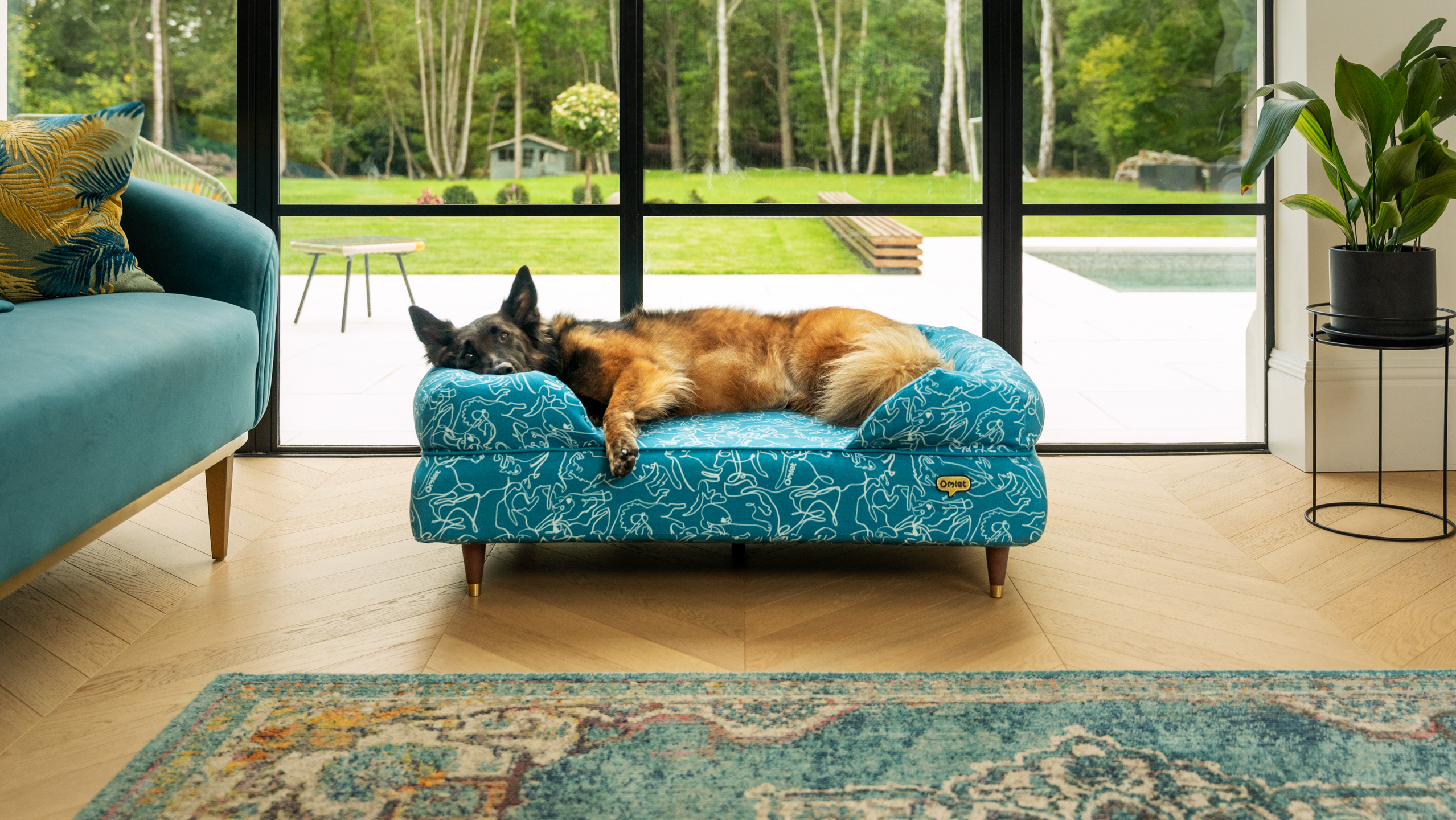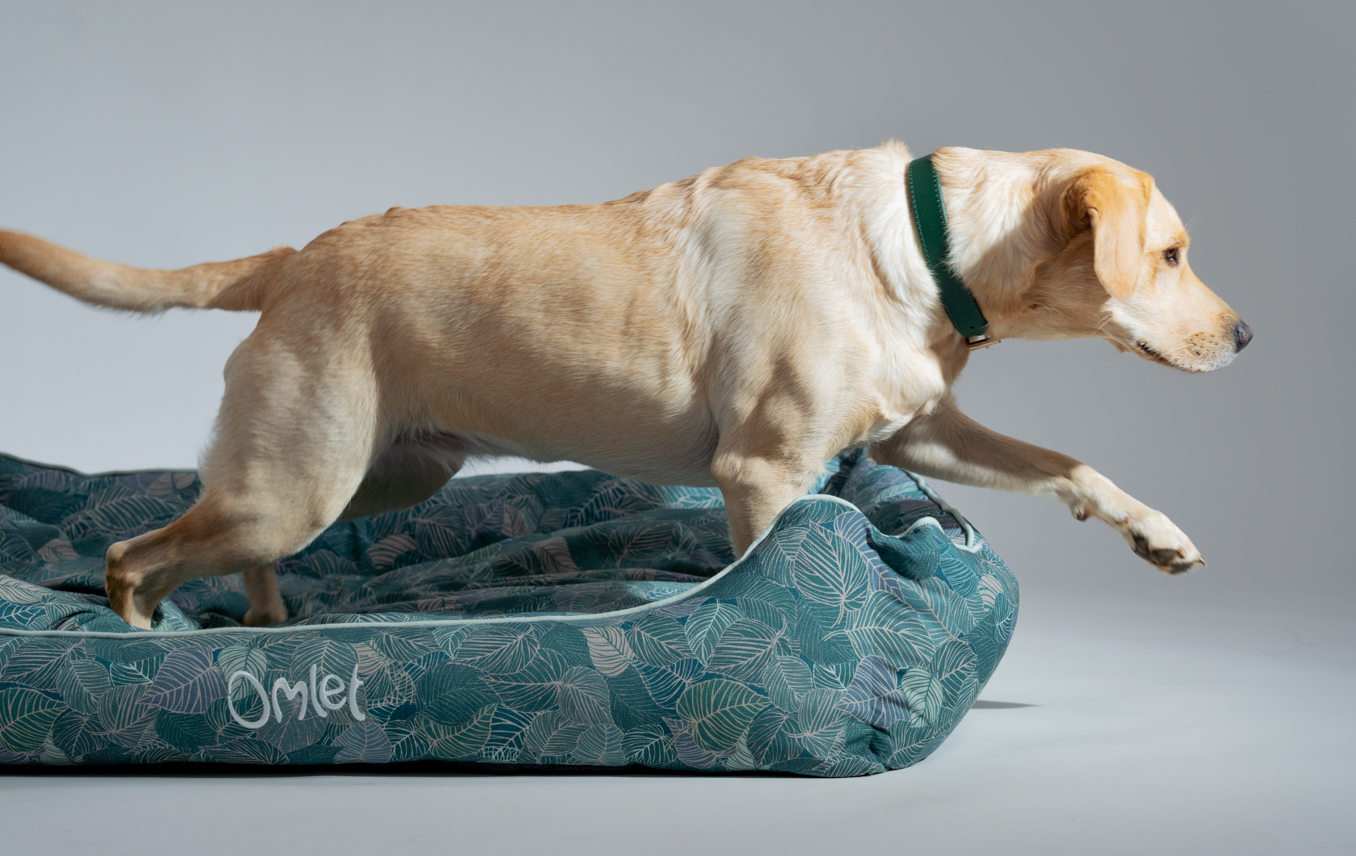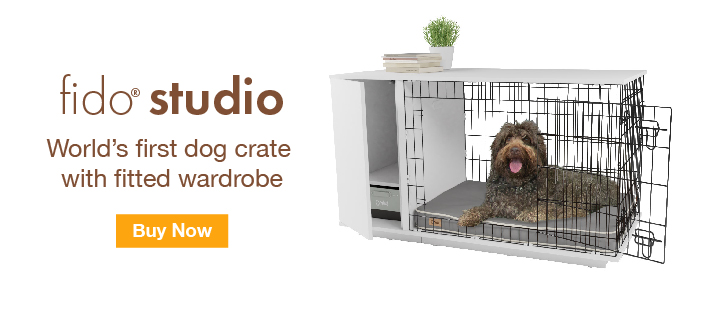Large dog breeds are those that weigh between 59 and 99lbs. Any heavier than this is considered a giant dog breed. Just as with any other sized dog, large dog breeds can be great pets, but this all depends on what you and your family are looking for in a four-legged friend.
The behaviour of large dog breeds
There are a number of large dog breeds, belonging to different dog breed groups. And whilst they may share the similarity of size, not all large dogs share the same behavioural traits. For example, German shepherds are considered working dogs. Those belonging to this group are often used as service or police dogs. The Airedale terrier, on the other hand, is also a large dog breed but as their name suggests, is part of the terrier group. This group are often feisty and fearless, originally bred to hunt and eliminate vermin.
Exercising your large dog breed
Every dog breed has different exercise requirements. This being said, large dog breeds as a whole, tend to need a lot more exercise than smaller dogs. Regardless of breed, dogs should be walked daily, but larger breeds like the golden retriever require two or more hours of walking per day, not forgetting about playtime and mental stimulation as well. And since you and Fido will be spending plenty of time outdoors, it’s wise to invest in a good quality dog collar and lead in a matching print from the Omlet Gardenia and Dog Walk collections.
Without enough exercise, large dog breeds may develop destructive behaviours such as excessive digging, barking, howling and chewing. Because of their sheer size, larger dogs can cause some accidental damage to your home, too. Clumsy paws and large swooshy tails don’t mix well with china vases! Read our previous blog on exercising your dog indoors for some suggestions on how to keep your pup mentally and physically stimulated inside the home.
Are large dogs good with children?
Regardless of size or breed, children and dogs should never be left alone. Many children are intimidated by large dog breeds because of their size, as well, but this doesn’t mean they can’t learn to build a companionship soon enough. It’s important to not only socialize your dog around children so that they can get used to their presence, but your children should also be taught how to behave around pets as well in order to create a wondrous bond.
Having said this, some dog breeds are renowned for being better with children than others. Large dog breeds known to be better for families with children include the Labrador retriever and the golden retriever due to their friendly nature. But, you should also be aware that large dog breeds can accidentally cause harm during play to smaller children because of their size, especially if they’re particularly energetic.
Large dogs - other considerations
Larger dog breeds tend to live for a shorter period of time than their smaller counterparts. There are, of course, exceptions to the rule but the general saying goes that the bigger the dog, the shorter the life. Losing a dog when they’re any age is incredibly difficult but perhaps something to consider if you’re thinking about rescuing an older, larger dog and how much time you could have left with them.
Not all dogs shed excessively, but it might surprise you to know that large dogs aren’t always the heaviest shedders. When heavy-shedding large dogs do shed though, they leave a lot of mess! Investing in an easy-to-clean dog bed like the Omlet Topology Dog Bed is great for pups that leave a lot of hair, with removable toppers that can simply be zipped off and thrown into the washing machine. A dog blanket will also protect your furniture from dog hair and doubles as someone comfy your pooch can relax on when they’re not on their bed.
Omlet and your large dog
Whether you opt for a large dog, or something smaller, Omlet has everything your four-legged friend needs. From the Topology dog bed, to our super cosy dog blankets and matching dog collars and leads, your dog can continue to thrive inside or outside the home.








Comments
An Omleteer, 20 February 2020
The dog listed as "Alaskan malamute" in that image is in fact a Siberian husky. Alaskan malamutes do not have blue eyes.